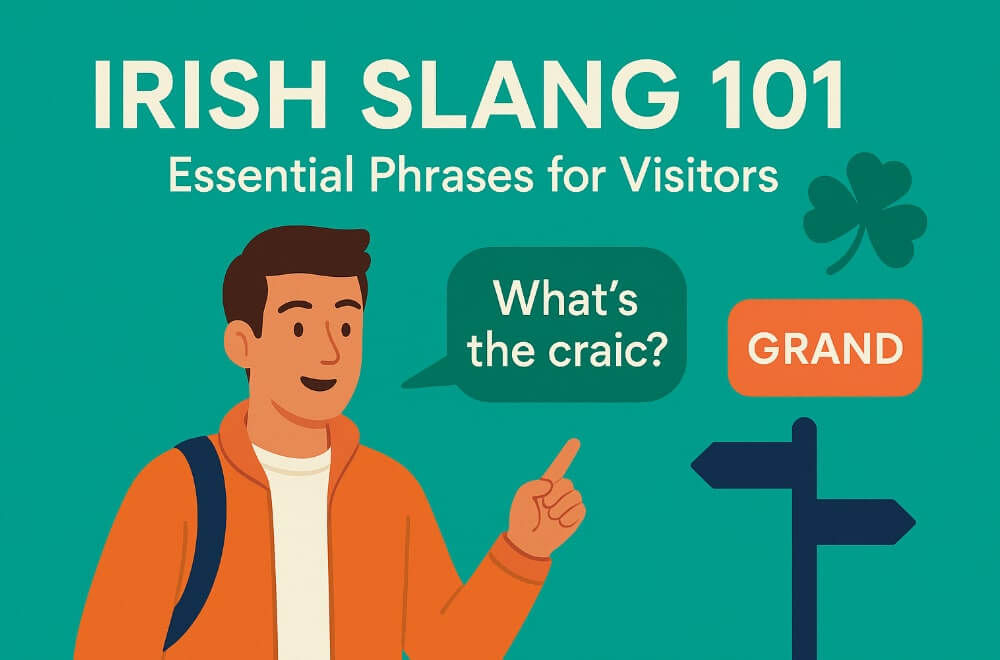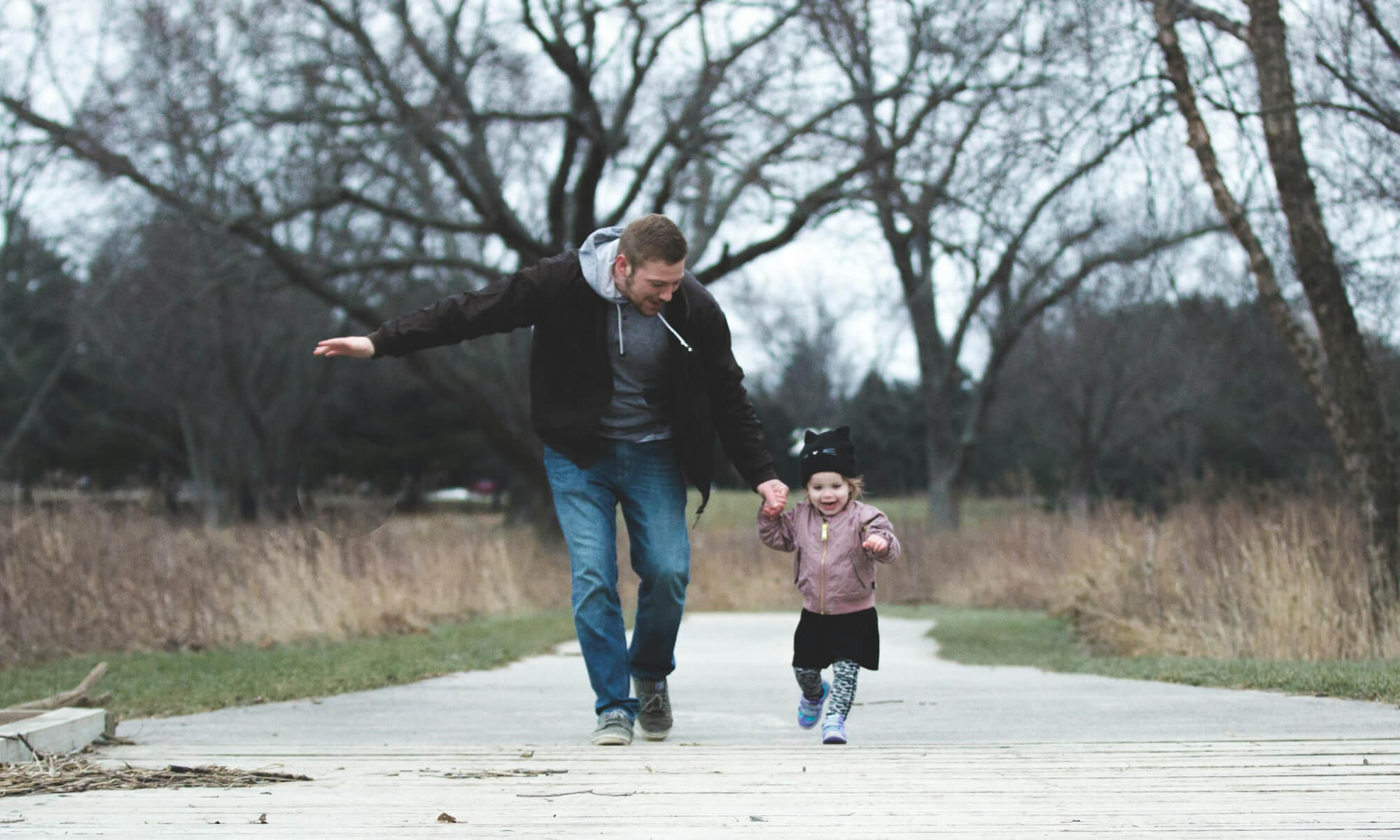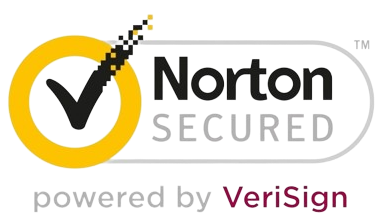If you’re planning a trip to Ireland, understanding Irish slang can make your experience far more authentic and enjoyable. While the Irish people speak English, they often sprinkle their conversations with colorful expressions and unique slang that reflect their wit, warmth, and rich culture. In this guide, we’ll introduce you to essential Irish slang, helping you blend in and banter with the locals like a pro. Plus, we’ll show you how learning Irish with Gaeilgeoir AI can make your journey even more rewarding.
Why Irish Slang Matters
Irish slang adds flavor to everyday conversations. Whether you’re at the pub, exploring a small village, or enjoying a traditional music session, you’ll likely hear phrases that might leave you puzzled without a little preparation. Mastering a few common expressions can:
- Help you understand locals better
- Break the ice in social settings
- Enhance your cultural appreciation
- Make your trip memorable and fun
Essential Irish Slang Phrases You Need to Know
Here are some of the most common and beloved Irish slang phrases you’re bound to encounter:
1. “What’s the craic?”
Meaning: What’s up? How are things?
- Usage: “Hiya, what’s the craic?”
2. “Grand”
Meaning: Fine, good, okay.
- Usage: “The weather’s grand today, isn’t it?”
3. “Deadly”
Meaning: Brilliant, fantastic.
- Usage: “That gig last night was deadly!”
4. “Eejit”
Meaning: Fool, silly person (affectionately).
- Usage: “Don’t mind him, he’s a bit of an eejit.”
5. “Yer man” / “Yer woman”
Meaning: That man/woman over there.
- Usage: “Yer man behind the bar is very friendly.”
6. “Gaff”
Meaning: House, home.
- Usage: “We’re having a party at my gaff tonight.”
7. “Knackered”
Meaning: Exhausted.
- Usage: “After hiking all day, I’m absolutely knackered.”
8. “Banter”
Meaning: Playful, witty conversation.
- Usage: “The banter at the pub was mighty.”
9. “Giving out”
Meaning: Complaining.
- Usage: “She was giving out about the rain again.”
10. “Jacks”
Meaning: Bathroom.
- Usage: “Where’s the jacks in this place?”
Regional Variations in Irish Slang
Ireland’s slang isn’t uniform across the country. Different regions, from Dublin to Cork to Galway, boast their own twists on everyday language. For instance:
- In Cork, you might hear “langer” (meaning fool or drunk person).
- In Dublin, “bleedin'” is used for emphasis, as in “That’s bleedin’ deadly!”
- In the West, “sound” is a high compliment, meaning reliable or good-natured.
Appreciating these regional variations gives you an even deeper connection to Irish culture.
Fun Facts About Irish Slang
- Many Irish slang words trace back to the Irish language (Gaeilge).
- Some words, like “craic,” have no perfect English equivalent.
- Irish slang often reflects humor, resilience, and a strong sense of community.
Learning a few essential Irish slang phrases helps you tap into the spirit of Ireland, and makes your conversations much livelier!
How Learning Irish Enhances Your Trip
While mastering Irish slang is fantastic, learning a bit of the Irish language itself can elevate your experience. Even a few words in Gaeilge can:
- Show respect for Irish culture
- Open up richer conversations with locals
- Deepen your understanding of place names, signs, and traditions
At Gaeilgeoir AI, we make learning Irish accessible and enjoyable with online Irish language courses designed for all levels.
Whether you’re a complete beginner or refreshing your skills, our AI-powered tools guide you through pronunciation, vocabulary, and real-world usage.
Quick Tips for Mastering Irish Slang
- Listen Actively: Spend time listening to local conversations.
- Practice Phrases: Try using a few slang expressions naturally.
- Ask Questions: Most locals love explaining their favorite sayings.
- Stay Relaxed: Even if you slip up, Irish people appreciate the effort.
And if you want to sharpen your Irish vocabulary even more, check out our expand Irish vocabulary guide.
Conclusion
Learning a few key Irish slang phrases before your trip will open doors, spark smiles, and make your Irish adventure truly unforgettable. And if you want to go even deeper into Irish culture, consider starting your journey with Gaeilgeoir AI.
Sign up for a free trial today and join a welcoming community passionate about Irish language and heritage!








